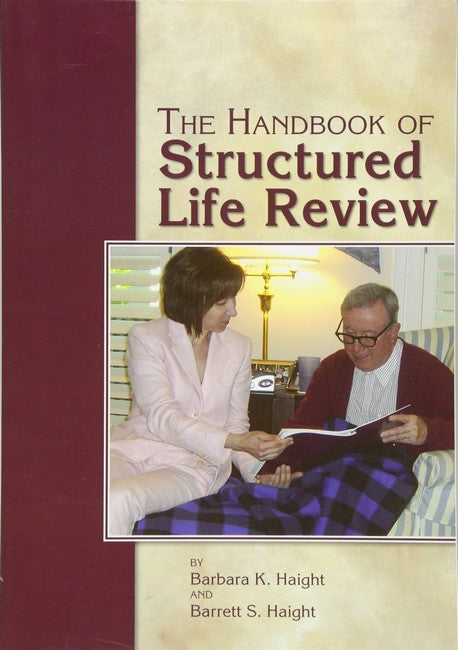Barbara K. Haight, Dr.P.H., is Professor Emeritus at the College of Nursing, Medical University of South Carolina. Now retired, Barbara conducted 8 research projects over 25 years developing the structured life review process and supervised numerous students and colleagues in the practice of life review. She was the first president of the International Life Review and Reminiscing Society and has conducted hands-on life review projects in the United States, England, Japan, and most recently Northern Ireland. She is co-editor of two books on reminiscing and life review, plus one on group process, and is widely published in the field of life review and gerontology.
Barbara is a fellow emeritus in the Gerontological Society of America where she founded and conducted a special interest group on reminiscence. She is also a Fellow in the American Academy of Nursing, and in the Florence Nightingale Society.
Barrett S. Haight, J.D., retired as a Colonel from the U.S. Army after serving 23 years in a variety of positions throughout the world. Subsequently, he served as Director of Estate Planning for The Citadel Development Foundation (Charleston, SC) for 17 years. Throughout both periods, he taught undergraduate courses in health care law at the Medical University of South Carolina. COL Haight has authored articles for the Dickinson Law Review and the U.S. Army Command and General Staff College. Additionally, he edited Focus, the newsletter of The Citadel Development Foundation. In his second retirement, he co-authored an article on reminiscence for the Encyclopedia of Gerontology and served as editor for many health care submissions.

